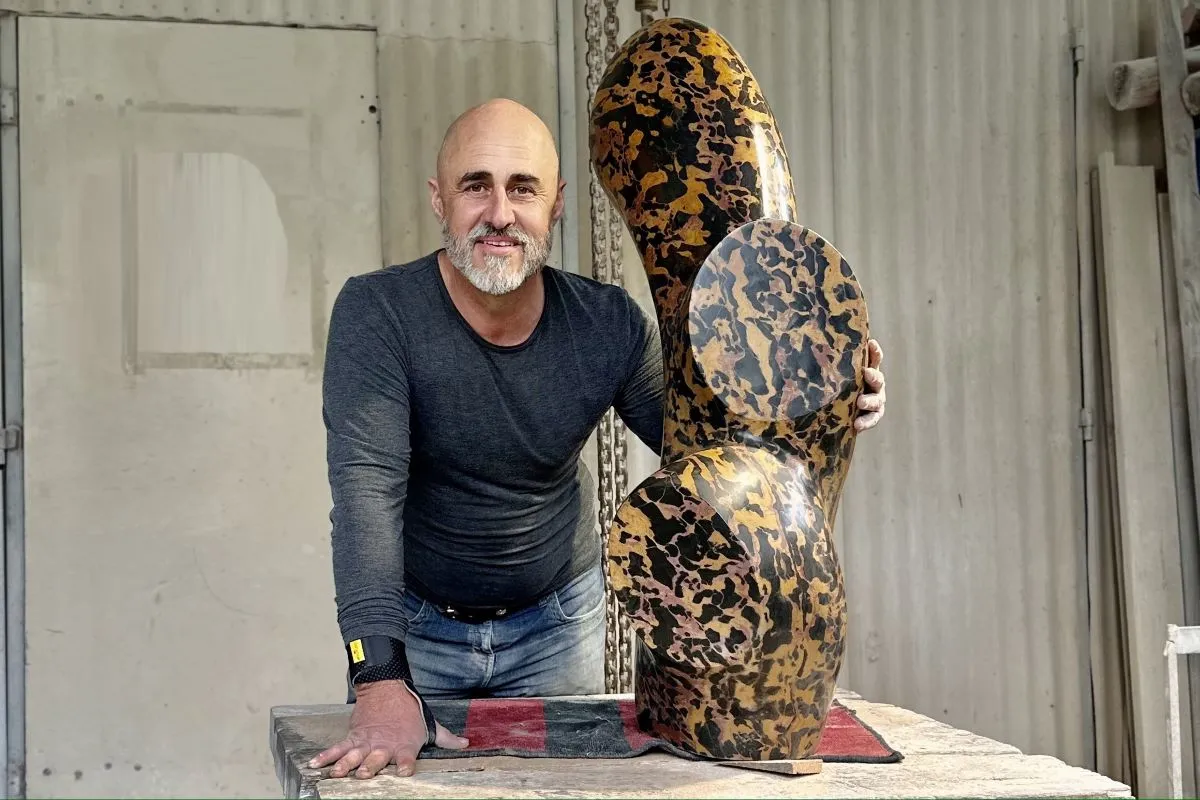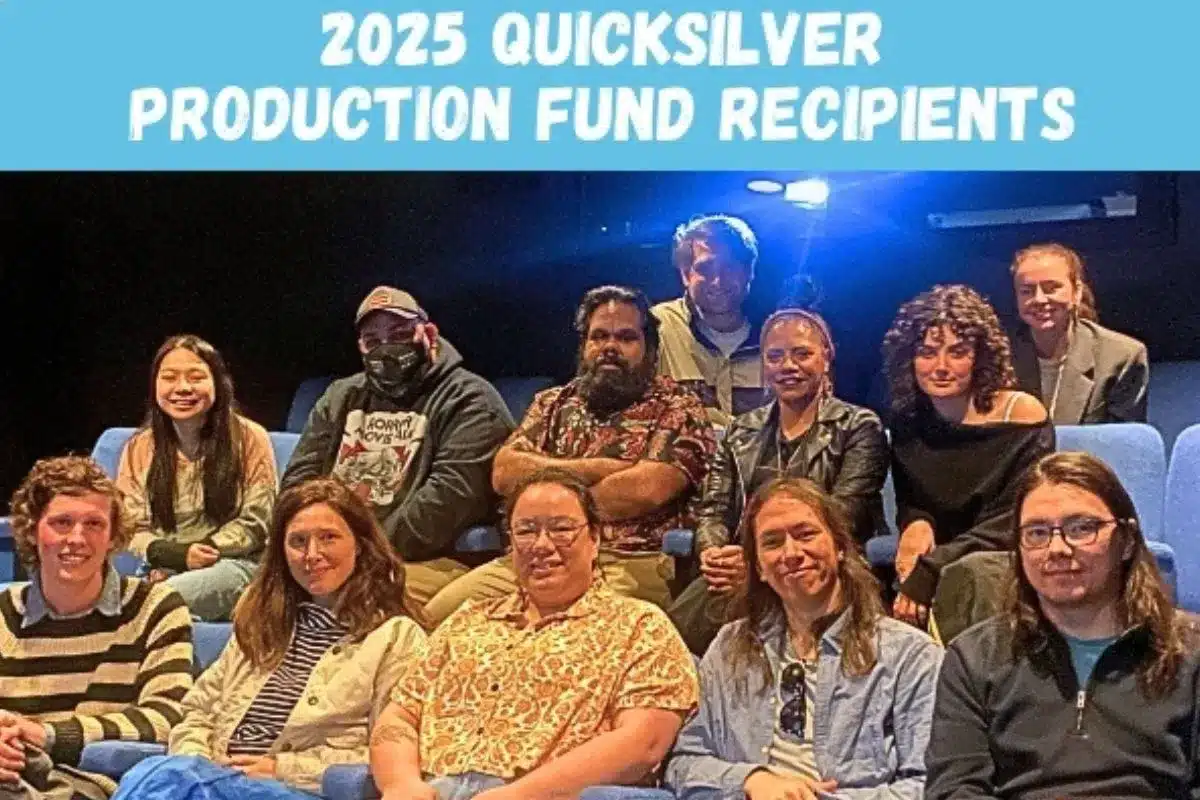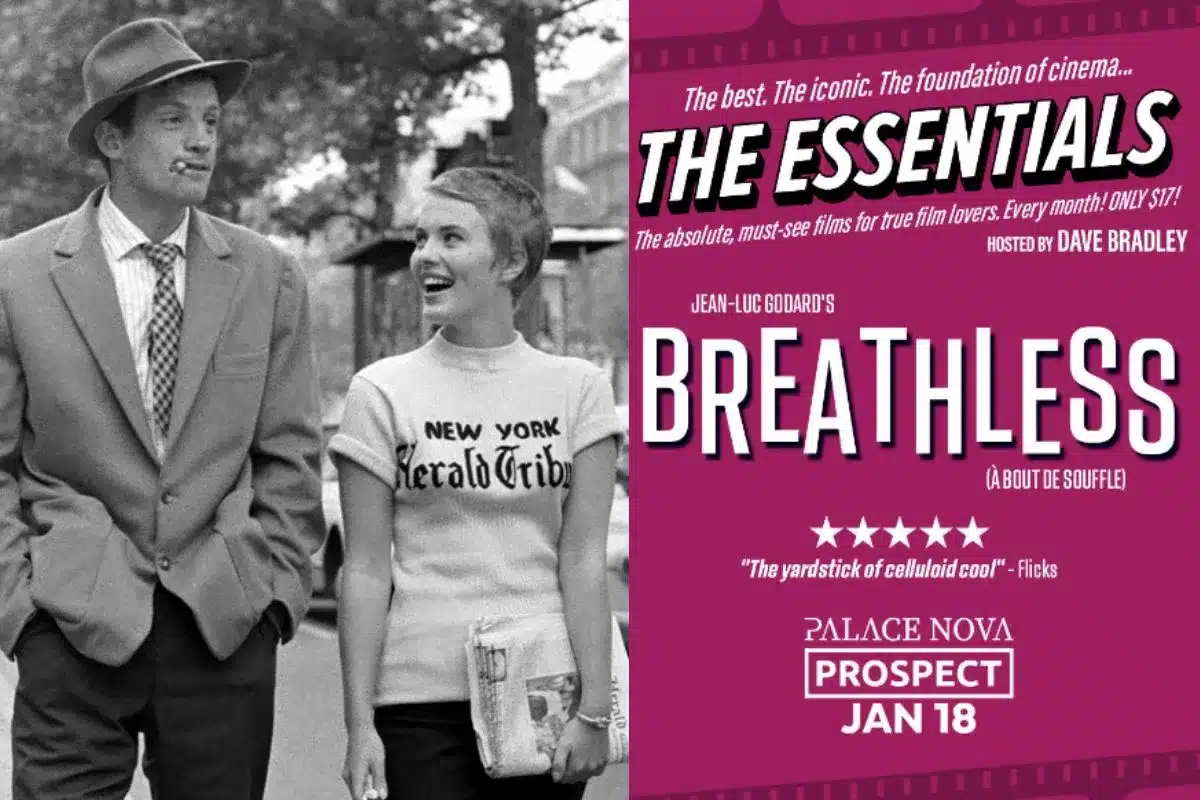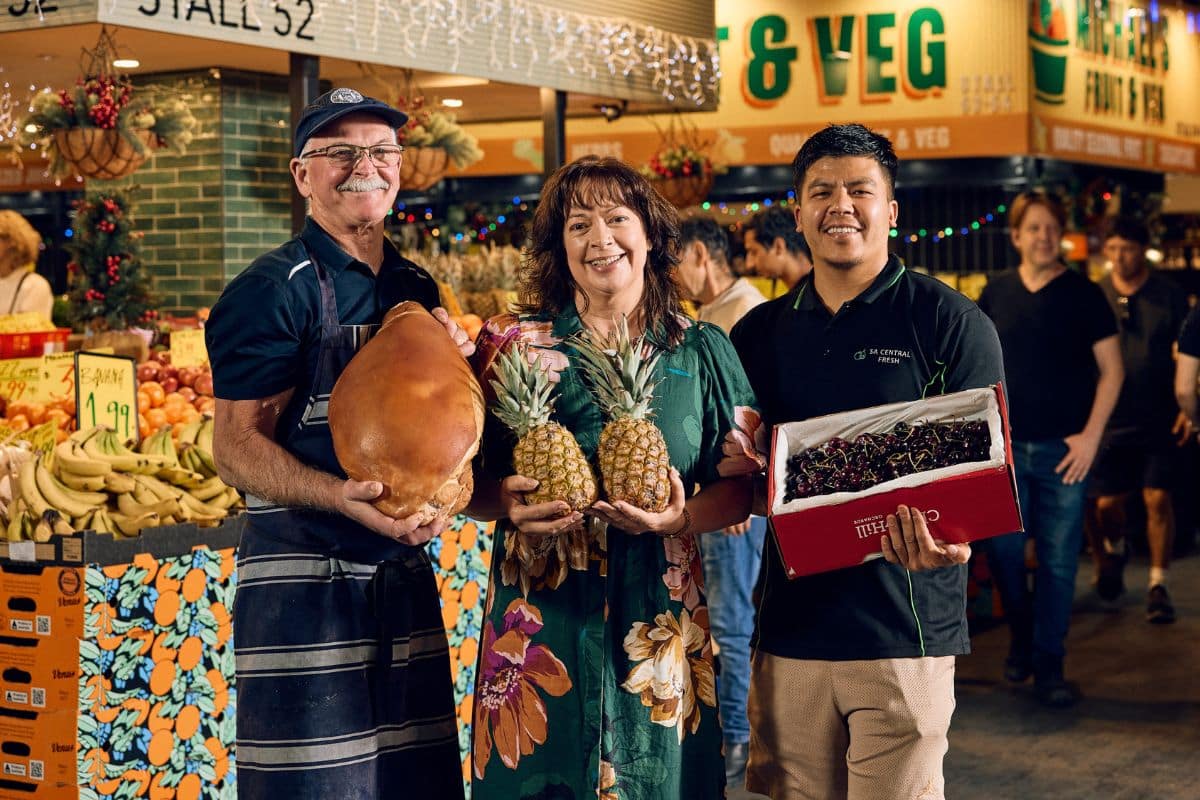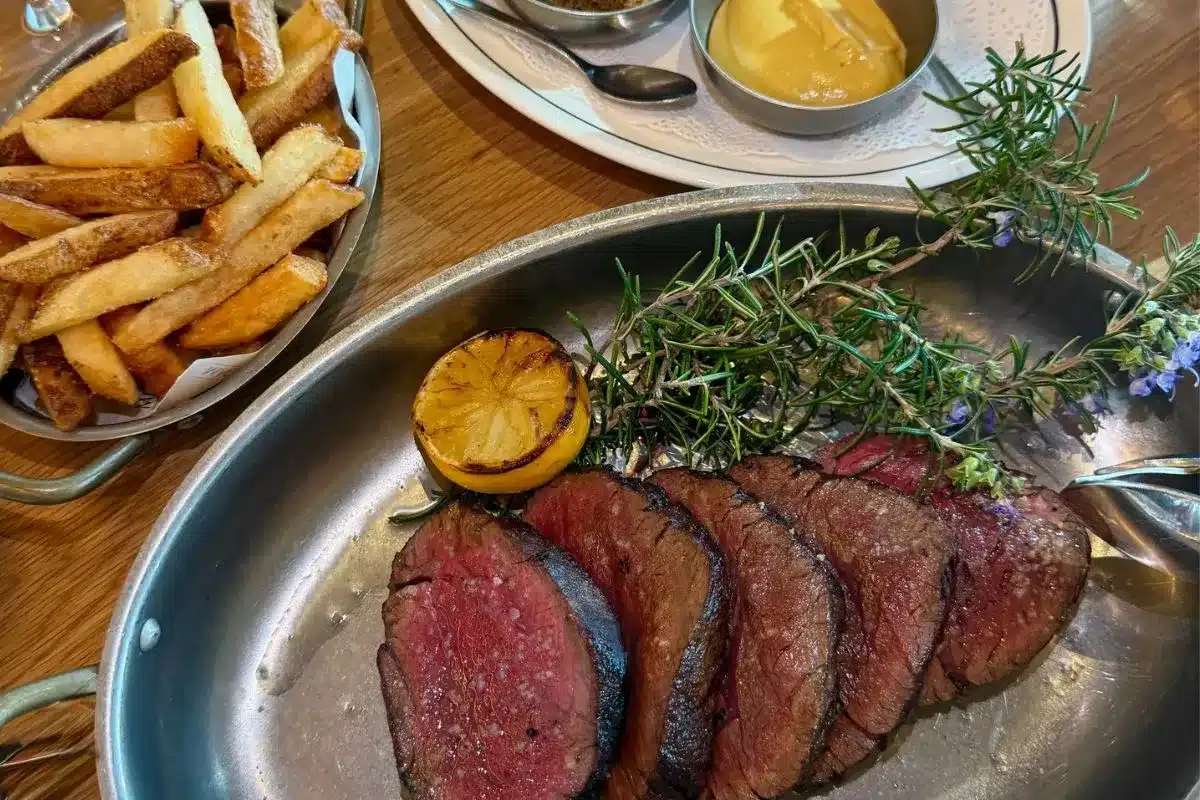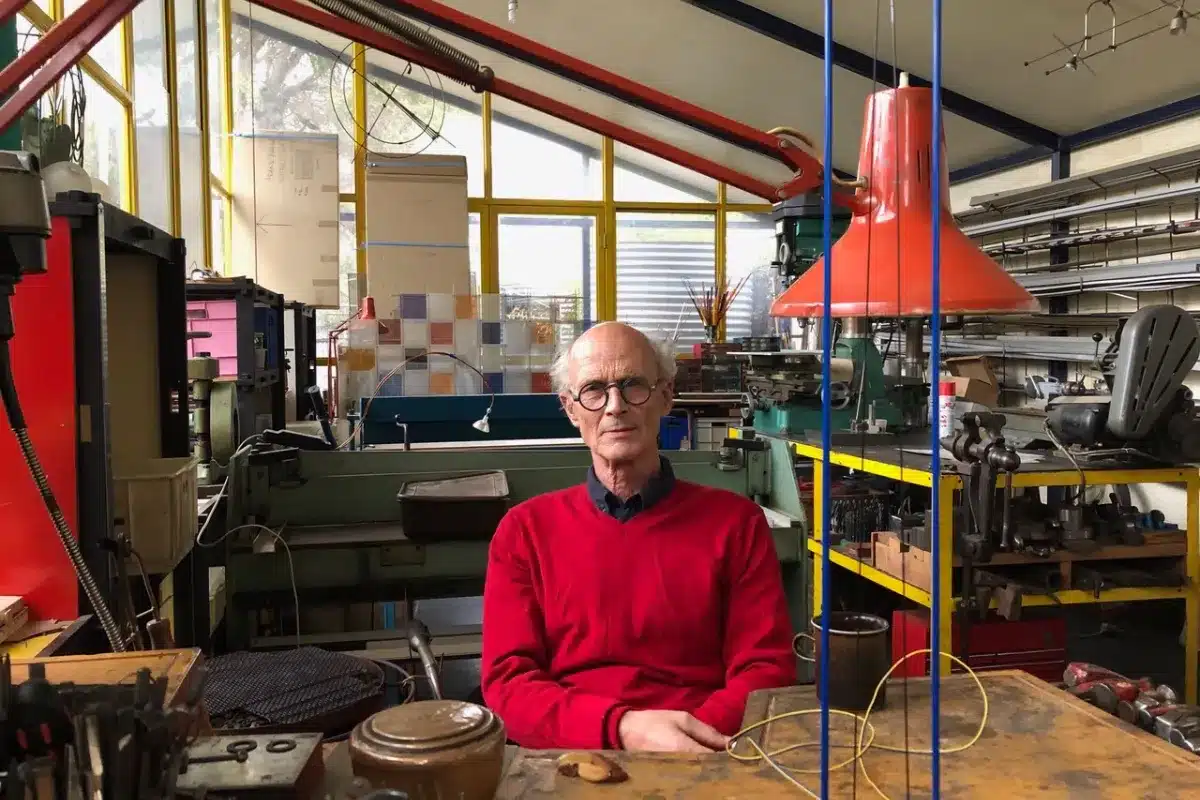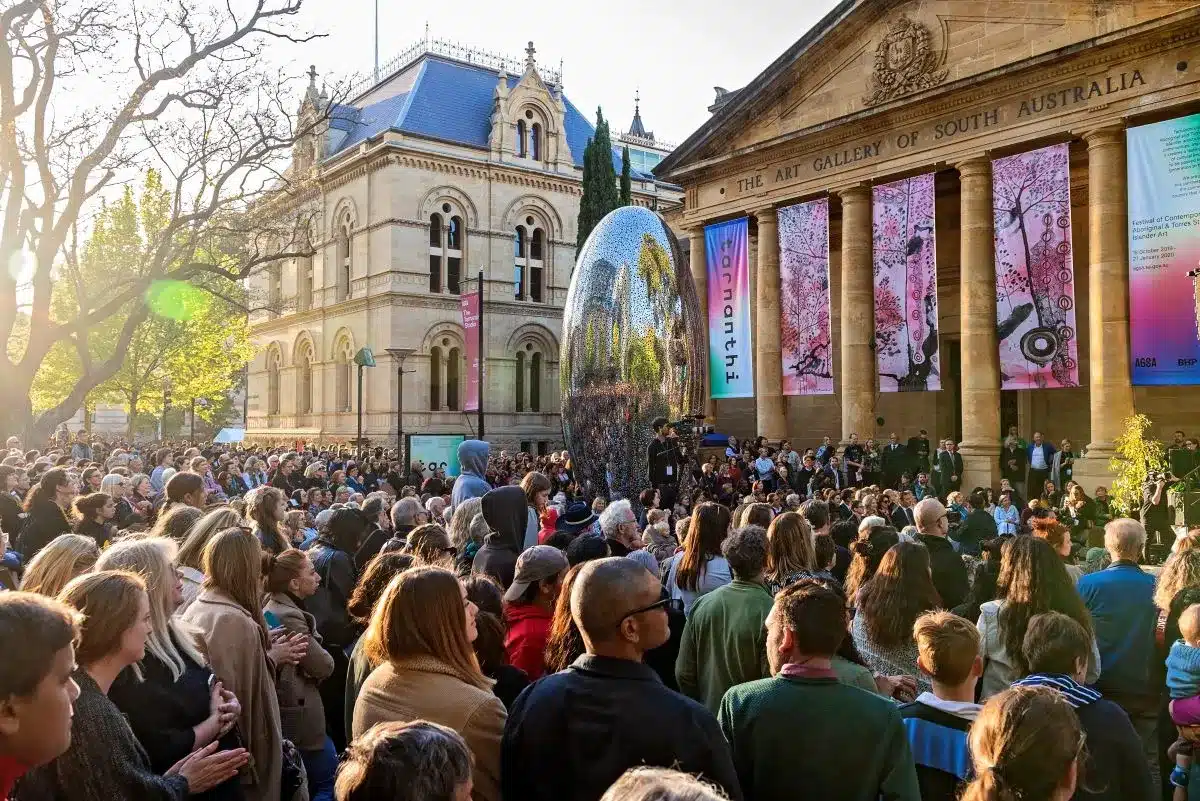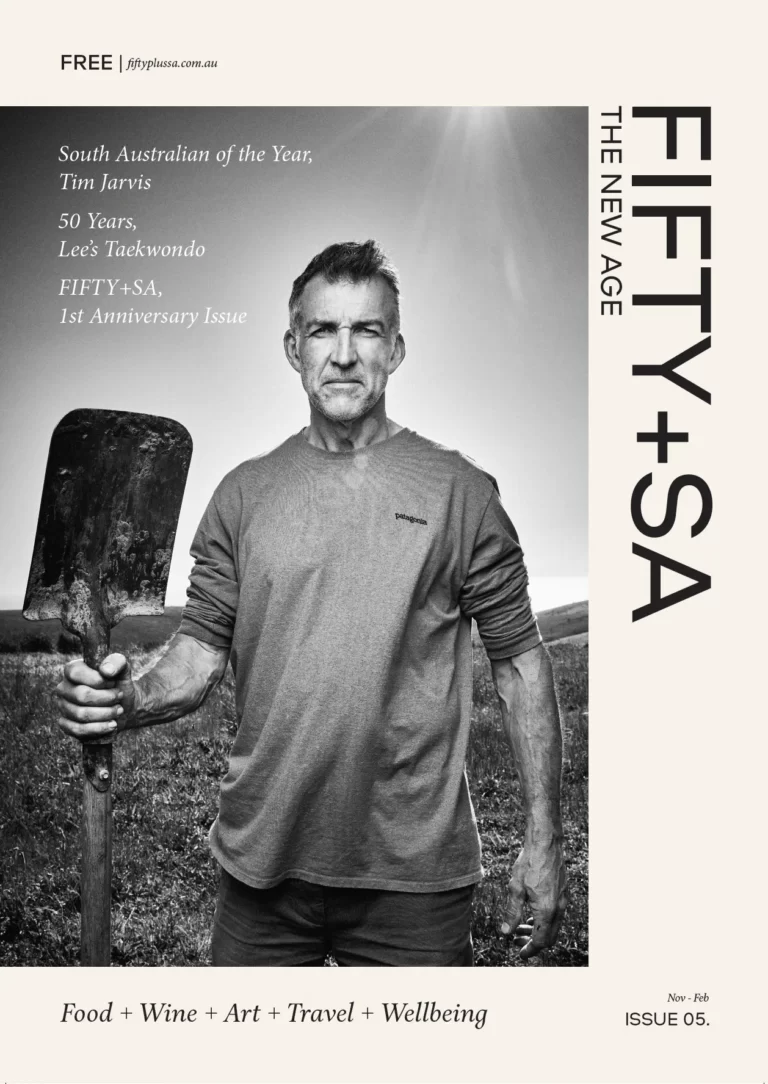INTERVIEW: Olivia Williams
Over the years, Peter has honed his craft, evolving from weaving aluminium chicken wire to mastering the art of bronze casting and marble carving. His sculptures, which often feature intricate details and textures, reflect a deep connection to the natural world and a keen eye for the beauty hidden within it.
In this interview, Peter shares the key moments that shaped his artistic journey, the influences that inspire his work, and his unique approach to capturing the essence of nature in his sculptures.
Your sculptures are often described as a fusion of organic forms and human figures. What initially drew you to this concept, and how has it evolved over the years?
It was really a chance discovery of a twig that to me resembled an abstract human figure that led me down this path. I grew up as a son of an artist which obviously had its influence too, but in some ways, especially in my teenage years, I was a bit of an anti-artist. I kind of rebelled against art and didn’t want anything to do with it. I observed how much of an emotional roller coaster the life of an artist could be and I couldn’t understand why anyone would want to do that to themselves. Then on a chance camping trip when I first discovered a figurative form in a twig I was holding, I remembered looking up at the trees around me and seeing these figurative forms everywhere. I had no idea at the time that a small discovery would change the path of my life. I feel like it was almost like a calling, from that point I had this overwhelming obsession to collect figurative twigs from everywhere I went.
There are a few key moments that lead me to where I am now. The first was my initial twig discovery. The second was when I damaged one of my favourite twigs. They were so small and delicate that it was very easy to do, so I had to figure out a way of preserving these forms. I initially started replicating them out of aluminium chicken wire that I would weave. I got very good at weaving these forms and eventually tested myself to see how big I could get them. In no time these forms were scraping the ceiling of our apartment. I’m just so grateful I have such an understanding and patient wife.
The next key moment was when I moved to Adelaide for work and a friend here saw what I was doing with my forms. She recommended I should enter the Waterhouse which I knew nothing about at the time. It was a week out of entries closing date and at the time I was covering my chicken wire forms in wax to strengthen and smooth the finish. I photographed one of my sculptures and lied on the entry saying it was a bronze form. When I found out I was accepted I very quickly had to learn how to cast in bronze.
Next key moment was when I had my sculpture in the Waterhouse. My sculpture was standing next to Silvio Apponyi’s giant Sea-leaf Dragon. The same friend that told me about the Waterhouse was also friends with Silvio, and offered to take me to his studio to meet him. I jumped on the opportunity as I was hoping he could advise me on how to work with bronze. Since that introduction not only has Silvio helped to mentor me with all my work, but he has also become one of my closest and loved friends.
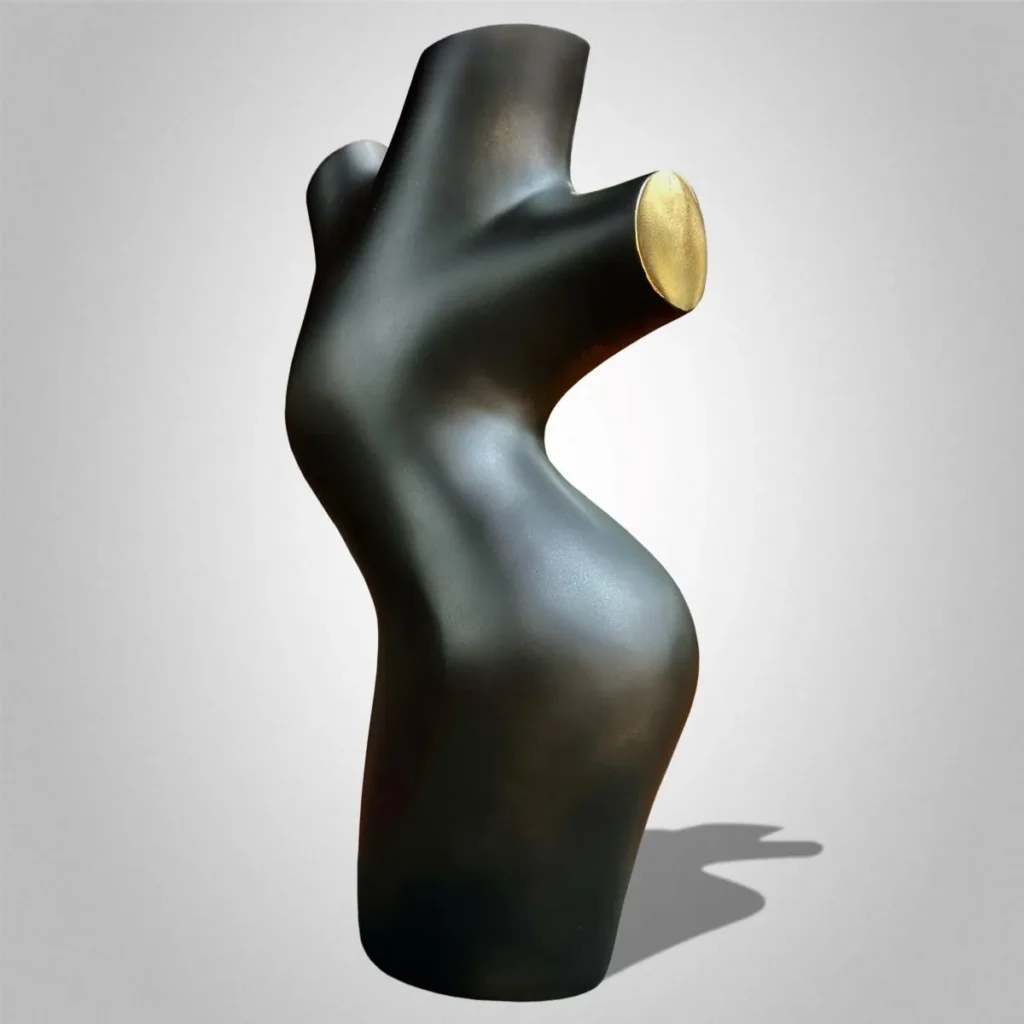
For years Silvio was pushing me to work in stone but I couldn’t see how I could do my long thin forms in that medium. That’s when I had my next key moment which was a chance discovery of a small coral form I found on the beach. This coral piece looked to me like a figurative form missing its limbs, much like those ancient Greek and roman statues. Finally I had my answer to how I could work in stone. I initially started carving in Carrara Marble as my father had a stockpile of marble from when he used to go there and carve. Eventually I caught onto the varieties of Marble available locally here in South Australia and I was hooked.
My latest key moment was in 2017. By this stage my greatest thrill was going out to find marble to carve. It’s the ultimate hard rubbish as they are often just boring grey rocks by the side of country roads, but by this stage I have developed a better understanding of how to identify something special. On one trip on a friend’s property in the Flinders Ranges I found an unusual rock with a very strange texture. When I tested top rock it carved nicely like a marble so I continued to carve it into a sculpture. Once I polished it up it was the most amazing stone I had ever seen with patterns unlike any marble I’d ever seen. When I happened to be introduced one day to Palaeontologist, Jim Geiling, from the SA Museum, I asked him if he was able to identify what stone this was. His eyes lit up immediately and he said this isn’t a stone it’s actually a fossil, a Stromatolite! I had no idea what that was, but Jim went on to explain that Stromatolite is the earliest known evidence of life on earth. They were living life forms that began to breathe oxygen into our baron planet that helped to make the earth inhabitable by other life forms. He told me the sculpture I had made dated to a period of about 560 million years ago. My mind was blown, it amazes me that like me most people are unaware of such a significant and important building block of our planet. Ever since then I have been on the hunt for these unassuming fossils and found more different examples, which lead to my sculpture ‘Life Forms’ which was highly commended in the 2022 Waterhouse Art Prize.
You’ve mentioned that you have no institutional training as a sculptor. How did you develop your techniques and skills over the years, especially considering the complexity of your work?
I was fortunate enough to have been introduced to Silvio Apponi. Before I did my first Waterhouse I had no intention to do this professionally. I was simply collecting and weaving my forms as a form of relaxation, never intending for them to be shown publicly.
After meeting Silvio I had all the technical knowledge I would ever need to learn at my hands. I did consider doing some form of technical training at one stage but I had a very clear vision about my work and the work that I wanted to create, and I was concerned that sometimes that sort of training could stifle and deter me.
Sometimes those institutions have their own set directions and tend to push a particular style of artist. I have heard that most don’t even explore sculptures in the figurative form any more which is what I’m all about.
Personally I think it has worked in my favour to have avoided a degree in the arts.
Your sculptures are made from a variety of materials, including bronze, steel, and stone. How do you decide which material to use for each piece, and what unique challenges or rewards does each material present?
If I find a particular twig that inspires me, depending on how long and thin the arms are, I will generally have to do it in either bronze or woven and welded steel. Those sort of thin forms are almost impossible to achieve in stone. I tend to do my limbless forms in stone for this reason.
When it comes to stone I tend to start with a figurative form in mind that I visualise in my head before I start. But then this design can often be changed throughout the process by the influence of the stone.
I tend to prefer working in marble as opposed to granite for this reason as you end up finding these beautiful veins in the stone that can influence the direction I take. I like to think of these pieces as collaborations between me and the marble.
Stromatolites ended up taking me down a whole different direction as instead of veins they have these intertwining spheres. These led me to Quad based figurative forms that are designed to sit on any one of their four ends.
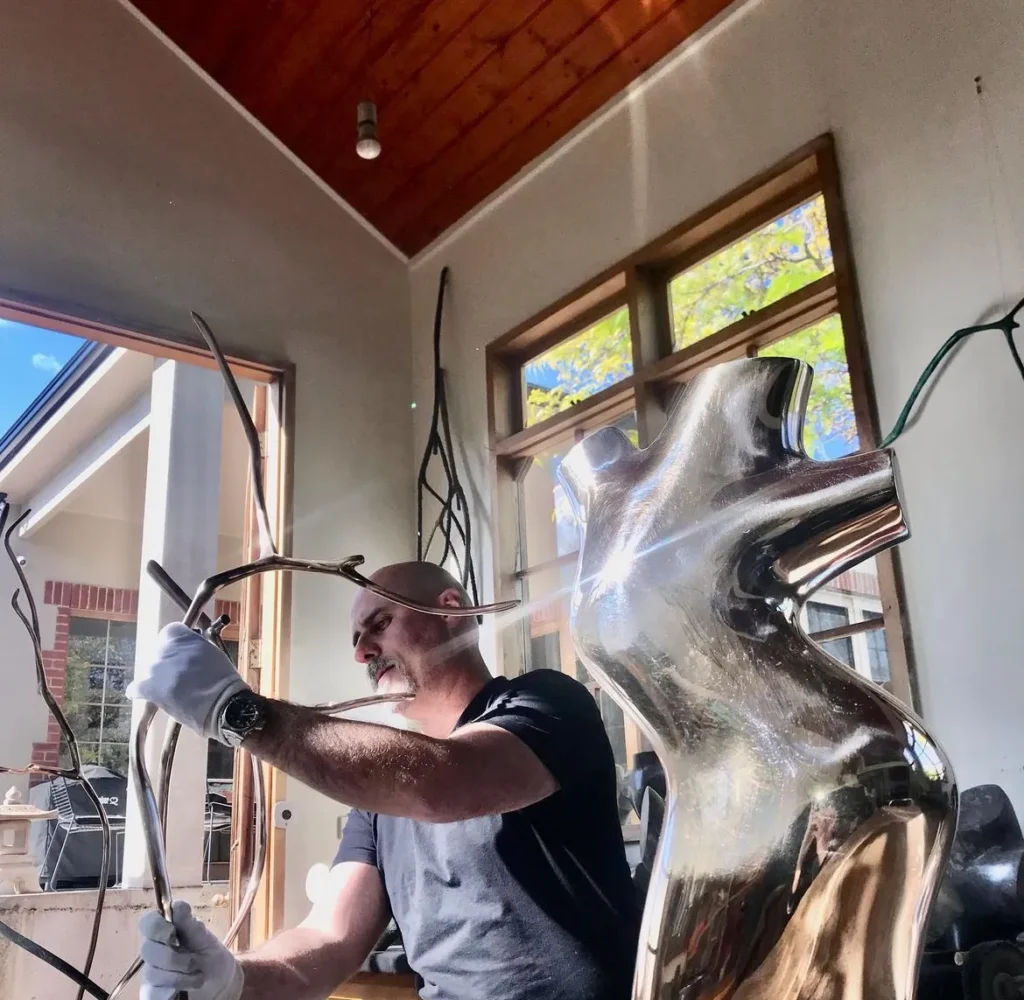
Could you walk us through your creative process, from selecting twigs to the final creation of a sculpture? What criteria do you use when choosing twigs, and how do you approach replicating their forms on a larger scale?
It’s a little difficult to explain what exactly draws me to a particular twig. I’ve learned to have a lot of trust in my gut feeling. I need to explain that when I’m looking at a twig, I don’t just see a small stick, I see a person in a pose. It’s like in a life-drawing class when the model holds the pose, that’s what I see. Every now and then you get a pose that is fantastic! I get so excited and I can’t wait to immortalise that moment. I believe it’s the form that I find on those beautiful delicate twigs that defines my work most of all. I’ve seen other people do work with trees and twigs and as much as we are all inspired by the same source our work is very different. It’s like we’re all different types of landscape artists, same subject, different styles.
When it comes to replicating my forms I do have my processes of measuring and scaling my twigs. I have them all sketched and marked in a treasured little black book of mine. As much as I am replicating these forms I do also take a bit of artistic licence on my forms too, otherwise I may as well have them 3D scanned. I love that the process remains quite organic. I embrace the beauty of imperfection. I’m also a very hands-on artist. Outside of the molten bronze being poured into the moulds I do all my own work from beginning to end. You get to know each one of your sculptures quite intimately in this way. Every single curve and finish is deliberate and considered and no piece is ever exhibited until I absolutely love it.
You’ve mentioned that you find inspiration in the organic fractals of nature. How do you maintain a sense of freshness and creativity in your work while exploring the same theme over many years?
When I first started doing this I remember thinking I’ll just keep doing this until I get bored, then I’ll move on. It’s been nearly thirty years now and I’m not bored yet. The main reason for this I think is that these are not just twig sculptures. These are all primarily abstract figurative forms. I’m looking for an inspiring pose and I still get excited every time I see something new. I figure if Rodin, Henry Moore and Giacometti were able to do figurative forms till the day they died, I should be able to too.
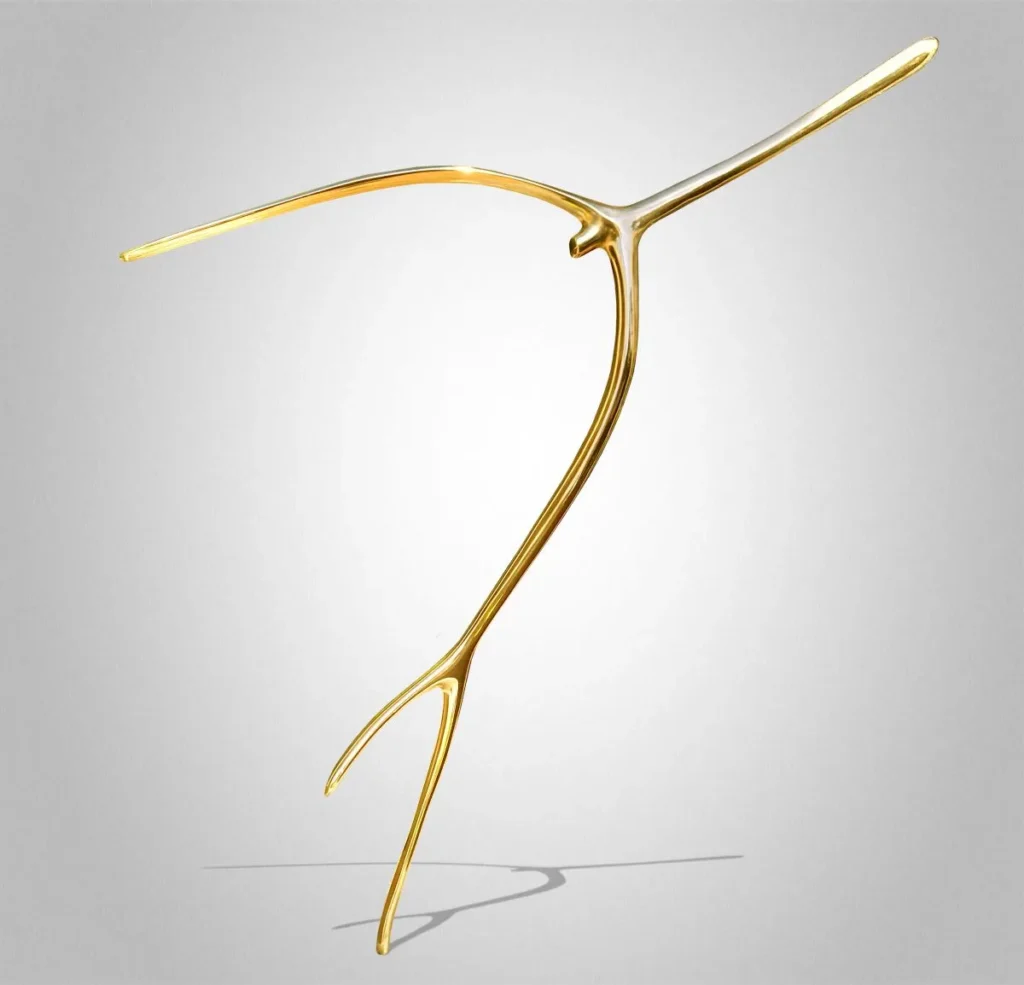
Your sculptures often depict intricate details and textures. How do you approach capturing these nuances in your work, particularly when scaling up from the original twig?
It varies. I love textures, especially the beautiful patterns you can find in all forms of plant-life. I’d never be able to do them justice if I tried. In my bronze forms I have found it best to minimise the textures as it can often overpower the form. It’s a fine line to balance right. Once again it gets down to trusting in my gut feeling of when it is right. It’s hard to explain really. Sometimes I can be working on a piece and I’ll get to the point that it’s just not working. I might set it aside in my studio or even throw it in my garden. Then one day I could walk by it and all of a sudden I see the solution; it can often be as simple as changing a simple curve or line or texture. Suddenly a piece can go from being my most hated to my all time favourite work.
Looking ahead, what new directions or projects are you excited to explore in your artistic journey?
Ever since I found my first twig, I have imagined these figurative forms replicated on a gigantic scale. So far the largest form I have managed has been over 2.5 metres high in stone. I am currently in the process of finally producing one of my forms in a gigantic scale which will be over 10 metres in bronze. I’m very excited at the moment.
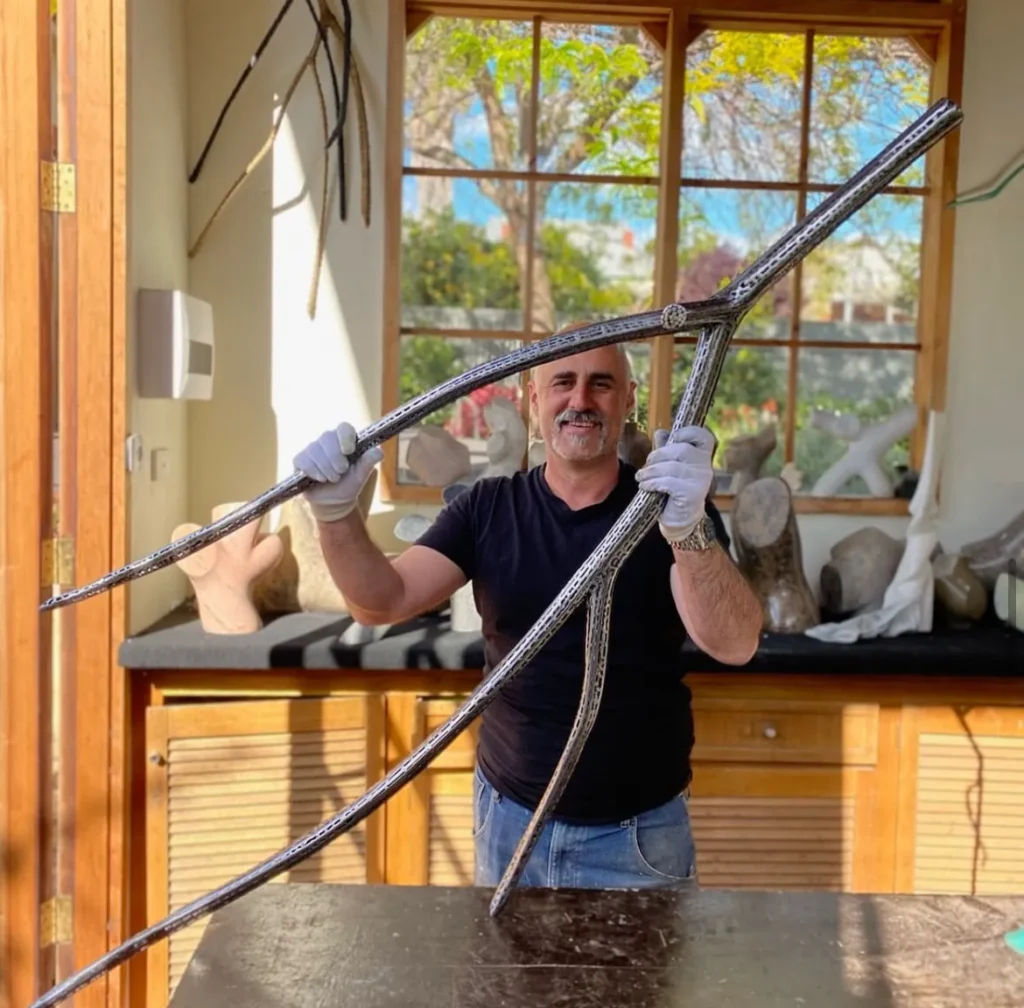
Could you share what aspects of Adelaide and South Australia inspire you the most and how these influences translate into your artistic work?
The first thing I noticed when moving to Adelaide in 2004 was how different our gum trees are here. Obviously I do pay a bit more attention to these things as that’s where I find my best and most expressive twigs. The landscape here is quite unique.
I suppose there have been a few things in particular that have inspired me here throughout my journey as an artist. I remember being blown away at Hans Heysen’s Cedars Estate in Hahndorf. That’s when I realised I had a kindred spirit in his passion for Gumtrees. That also eventually led to me exploring the Flinders Ranges for inspiration which is my favourite place to be.
I suppose the other great influence has been the diversity of marble we have here in South Australia. Unfortunately a lot of the quarries that used to source some of these stones are no longer in existence, like in Macclesfields and Paris Creek. I recently did a commission for the Marina Bay Sands in Singapore for 6 large marble sculptures and I exclusively used South Australian Marble. The response I got confirmed to me how lucky we are here.

